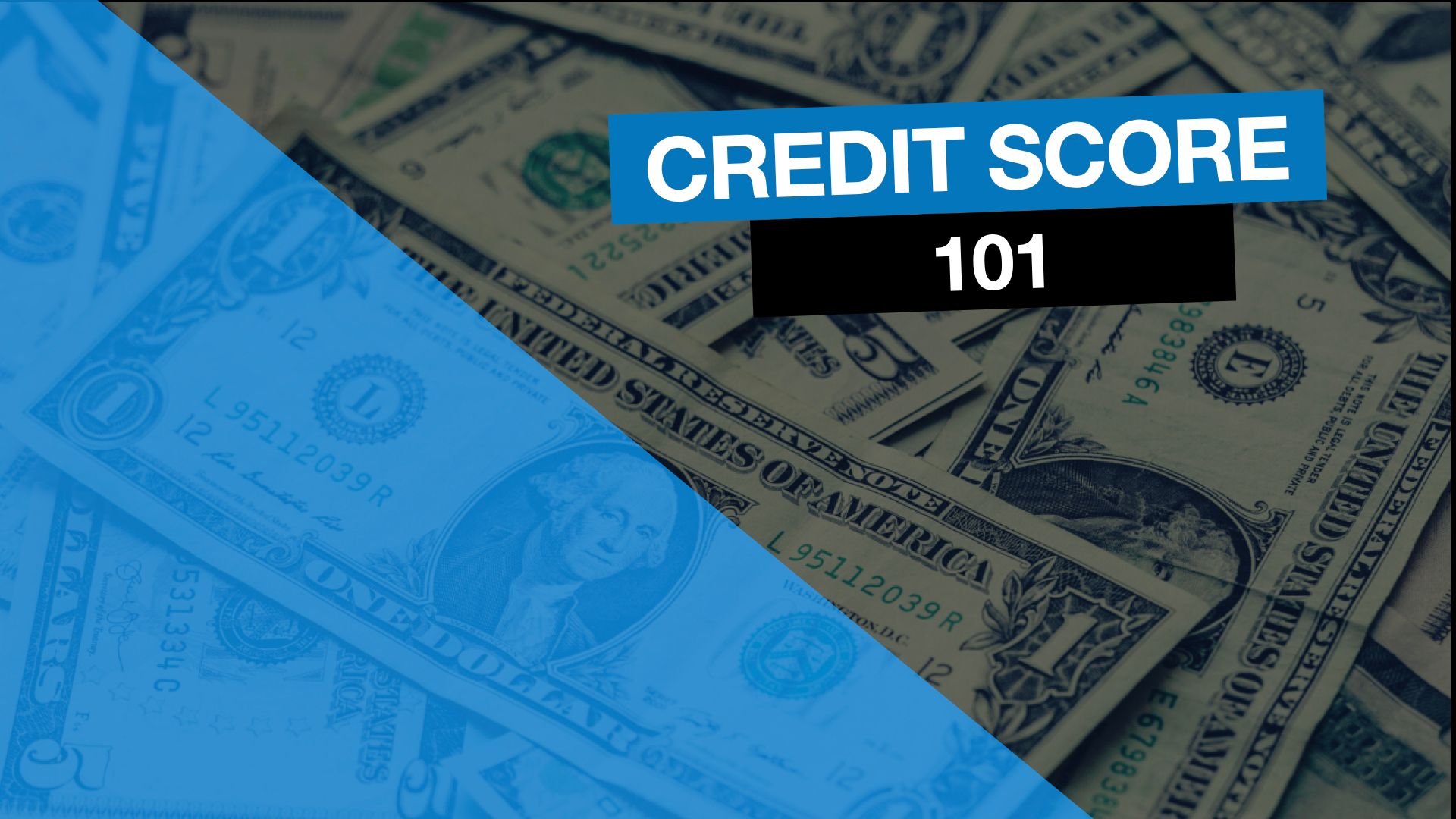Credit Score 101

In this post I'll be talking about your credit score and why you need to take it seriously if you want to level up your finance game.
- Your credit score plays a major part in your life since most of your largest purchases will require you to borrow money.
- Lenders will look at your credit score and ultimately determine how risky you are to them and assign an interest rate to your loan.
- Having a great credit score can save you tens of thousands of dollars when you go to purchase a home.
So here is everything you need to know about your credit score.
1. Credit Report vs. Credit Score
Credit report: gives potential lenders information about you, the accounts you have, and your payment history. By law, you can obtain your credit report for free at annualcreditreport.com. I highly suggest you do so in order to make sure that everything is correct. You can help improve your credit score by fixing any issues you find on your credit report.
Credit score: is a number between 300-850 that represents your credit risk to lenders. It is determined based on the information on your credit report. You can use a site like Credit Karma to get your free credit score.

In 2020, the average millennial had a credit score of 680 based on data from Experian, which puts them right in the middle of the scale. So hopefully after reading this post, you will be able to take action and boost your credit score to be above average.
Your Credit score is made up of 5 sections and is weighted based on importance to lenders.
- Payment history - 35%
- Amounts owed - 30%
- Length of history - 15%
- New credit - 10%
- Credit mix - 10%
1. Payment History - 35%
The first thing any lender wants to know is whether you've paid past credit balances on time. This is the most important factor of your credit score and helps a lender determine the amount of risk it will take on when giving you credit.
This is really important because late payments hurt and can tank your credit score by as much as 100 points for a single late payment.
Be sure you always pay your monthly payments on time to keep you in good standing with your lenders.
2. Amounts Owed - 30%
Using a lot of your available credit may signal that you are overextended and lenders can interpret this to mean that you are at a higher risk of defaulting.
An important metric to look at is your credit utilization rate which is how much you owe / credit limit. For example, if you owe $4,000 and your credit limit is $4,000 - then your credit utilization rate is 100%
You always want to make sure you keep your balances low and if possible pay off your cards in full each and every month.
3. Length of History - 15%
Generally, the longer your credit history is, the better you look to lenders. This takes into consideration the age of your oldest account, newest account, and total average.
That's why it's important that you don't close out your old accounts because doing so can hurt your credit score.
4. New Credit - 10%
This category looks at how many hard inquiries you have and how many times you have applied for credit in the last 12 months. Lenders view people who open several new credit accounts in a short period of time as a greater risk. Therefore, be careful that you don't open new accounts too rapidly.
5. Credit mix - 10%
Lenders like to see that you are able to manage different types of loans and lines of credit such as student loans, mortgages, credit cards. This doesn't mean that you should go out and apply to various types of credit.
Since it's only 10% of your score, it's not a big driver in your ability to get credit.
*Disclaimer: I am not a financial advisor. The ideas presented in my articles and videos are for entertainment purposes and not to be taken as financial advice.
